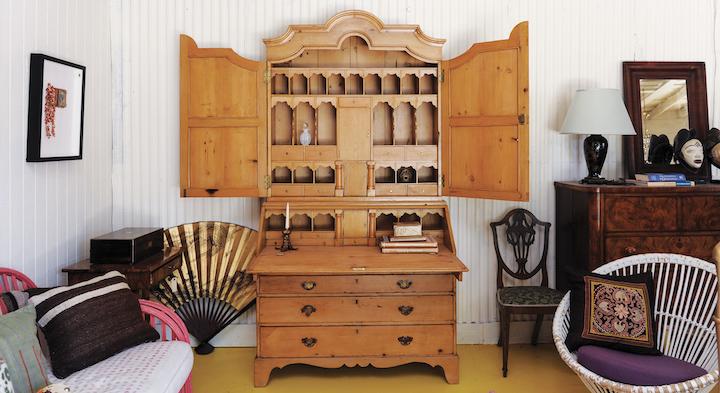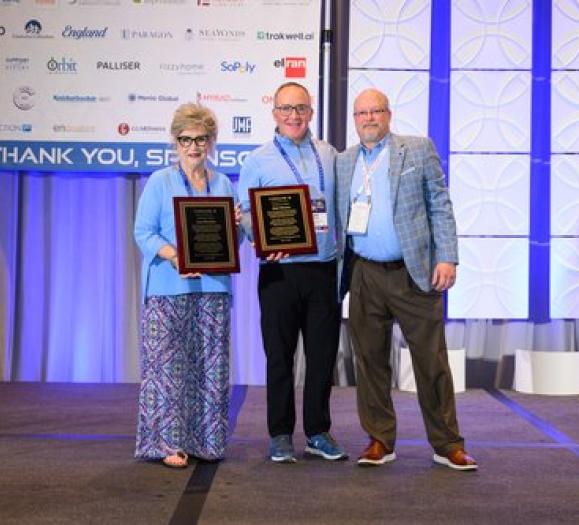With today’s consumer looking more toward the sustainability of the products they purchase, there is more to designing a luxury space than the beauty of the pieces. Clients want to know where their furnishings come from, how they’re made and even their global impact.
“Our parents grew up in a world with 3.5 billion people, and we’re living in a world of 7 billion,” says Shannon Ggem, a whole-home remodel and full-furnish specialist in Los Angeles specializing in bringing quality older homes up to date in flow, function and style. “We just can’t keep throwing everything away. We have to start using some of these things and we have to allow the craftsmanship and work of the past to be utilized for longer than intended.”
While the home furnishings industry has largely been chasing younger consumers with cheap, disposable furniture, she says, “I don’t think Millennials want throw-away. I think they want quality because they’ve had their recession. They watched their parents go through it and it concerns them that you could suddenly not have the means to make purchases. My Millennial clients are adopting better things, even if they are buying vintage and then painting the piece.”
Given that antiques are perhaps the ultimate renewable furniture resource, growing interest in vintage and antique pieces may be a direct response to “this sort of throw-away culture where things don’t have any meaning and we say, “‘Oh, you broke that? Let’s go get another one,’” remarks Helen Rutledge, a marketing specialist and former development director of the Historic Charleston Foundation, who opened Bibelot, a shop devoted to rare artifacts, antiques and treasured, artisan-quality furnishings from around the world this past summer in Mount Pleasant, SC.
“As development director, my first big fundraiser, my initial charge, was to start the Charleston International Antiques Show,” Rutledge recalls. “I’d always been interested in design, but became more and more interested in Charleston history and antiques, and I began touring antique shops throughout Mount Pleasant and Charleston. Eventually I visited William Musser’s shop off Interstate 526 and U.S. 17. He had this amazing collection where just about every piece told an intriguing story, and he had an amazing following. One day I was shopping, and he said, ‘You don’t want to buy an antique shop, do you?’ And I said, ‘Actually, yes.’”
Working with interior designer Angie Hranowsky, Rutledge painted the exterior of the building pink, the floors yellow. The look is kaleidoscopic and anything but traditional antique shop. “I wanted to create this timeless world where different cultures and periods co-exist together, a world that never was — part hippy beach in Mexico and 1870s Europe and turn-of-the-century Southeast Asia. We’re unapologetically eclectic and we cater to the curious.”
Her reasoning: “With the ‘malling’ of America, every place has the same stores with the same furniture, and all the houses are beginning to look very similar. People want to do something new and fresh and eclectic that looks different from their neighbor. When you mix antiques with modern pieces, it looks very fresh and a room takes on a life of its own. It’s luxurious and it has a soul. Our customers are interested in sustainability and quality, the romance of the story behind each piece, and I think because of that they cherish their antiques a little bit more.”
In collecting for Bibelot, Rutledge — an Alabama native whose love of fashion drew her to New York, where she worked for fashion designer Diane von Furstenberg, and later as a chef in several restaurants — is inspired by the trend toward creating more memorable commercial spaces, such as restaurants and hotels.
“A certain core dining audience — especially Millennials and younger generations — actually cite the ‘Instagram potential’ of a restaurant,” she says. “All else being equal in food quality and customer service, a more quirky and photogenic space enhances the likelihood that patrons will frequent a certain restaurant. Likewise, we think Bibelot’s unique architectural elements actually make decor ‘social media worthy.’”







